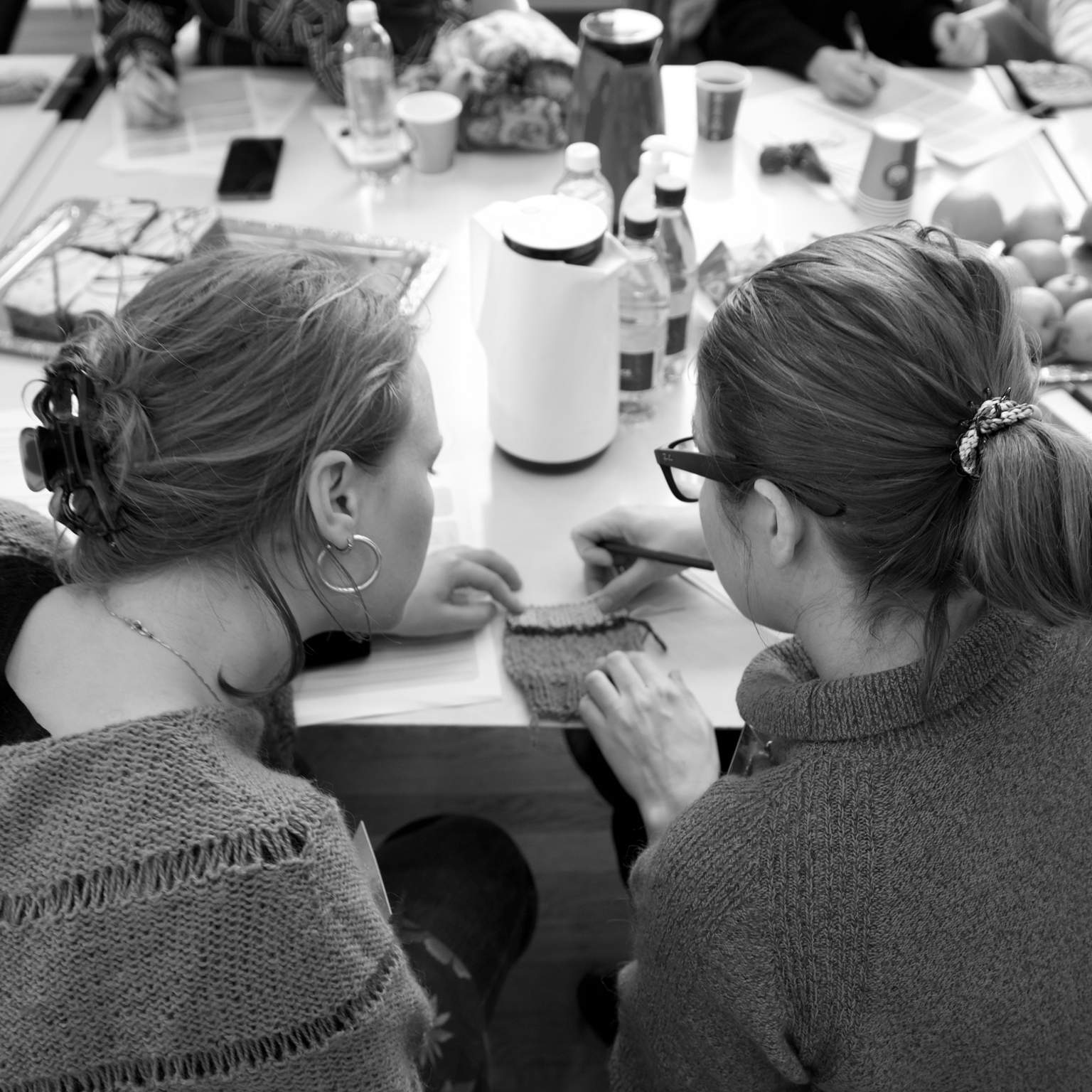Gaining the skills to participate in a digitized society have become increasingly important. With the need to understand how digital technology can both influence and aid our everyday life, a broader audience needs to be included and obtain the necessary skills.
In the KnitxCode project, we explored how a craftsmanship-driven approach might be useful in teaching a group of young women (about) computational thinking skills. Existing construction kits relating to computational thinking often tend to favor people, who are already interested in either robotics, programming or electronics. Inspired by constructionism approaches to learning, previous research has explored how the construction of digital technology can be merged with tinkering with a range of low-fidelity readily available materials such as paper, pen, and fabrics.
With inspiration from this type of work, e.g. Leah Buechley[1], we explore a craftsmanship-driven approach to teach computational thinking. The vision behind this approach is to investigate, if the engagement and pleasure from deep mastering of one craft can leverage the engagement with novel skills in CT through pointing to parallels in terms of both the concepts and processes. We chose knitting as a craft, because of the concepts and phenomena that it shares with computational thinking, the algorithmic structure of knitting recipes, and the authors’ own knitting interests. This was the foundation for developing a workshop that used knitting as the craft, and a set of computational concepts, practices and perspectives[2] as the skills that participants were to learn.
The workshop included two main activities. First, participants had to decode and recreate a knitted square using computational concepts such as sequences, loops, variables, and conditions. Second, they integrated computational practices and perspectives to create small micro:bit prototypes for use in a knitting context.
The use of a craftsmanship-driven approach to engage a broader audience in computing activities seem to have some qualities in terms of shaping initial engagement and the feeling of empowerment. By using a craft that participants knew, were skilled at, and felt comfortable with, they were empowered to learn computational thinking skills which before the workshop had seemed difficult and not something they were able to do. Despite the participants having learned just the basics of computational thinking during the two hours of the workshop, several participants were surprised by how much they had learned. One participant realized that “if you can knit you can also program”, while another participant even expressed that "a programmer would not be able to make sense of a knitting recipe".
Using knitting as a strong metaphor for computational thinking opens up the potential to look for other types of crafts where physical and digital skills and materials can be combined in ways that support computational thinking and empowerment among diverse groups of people.




